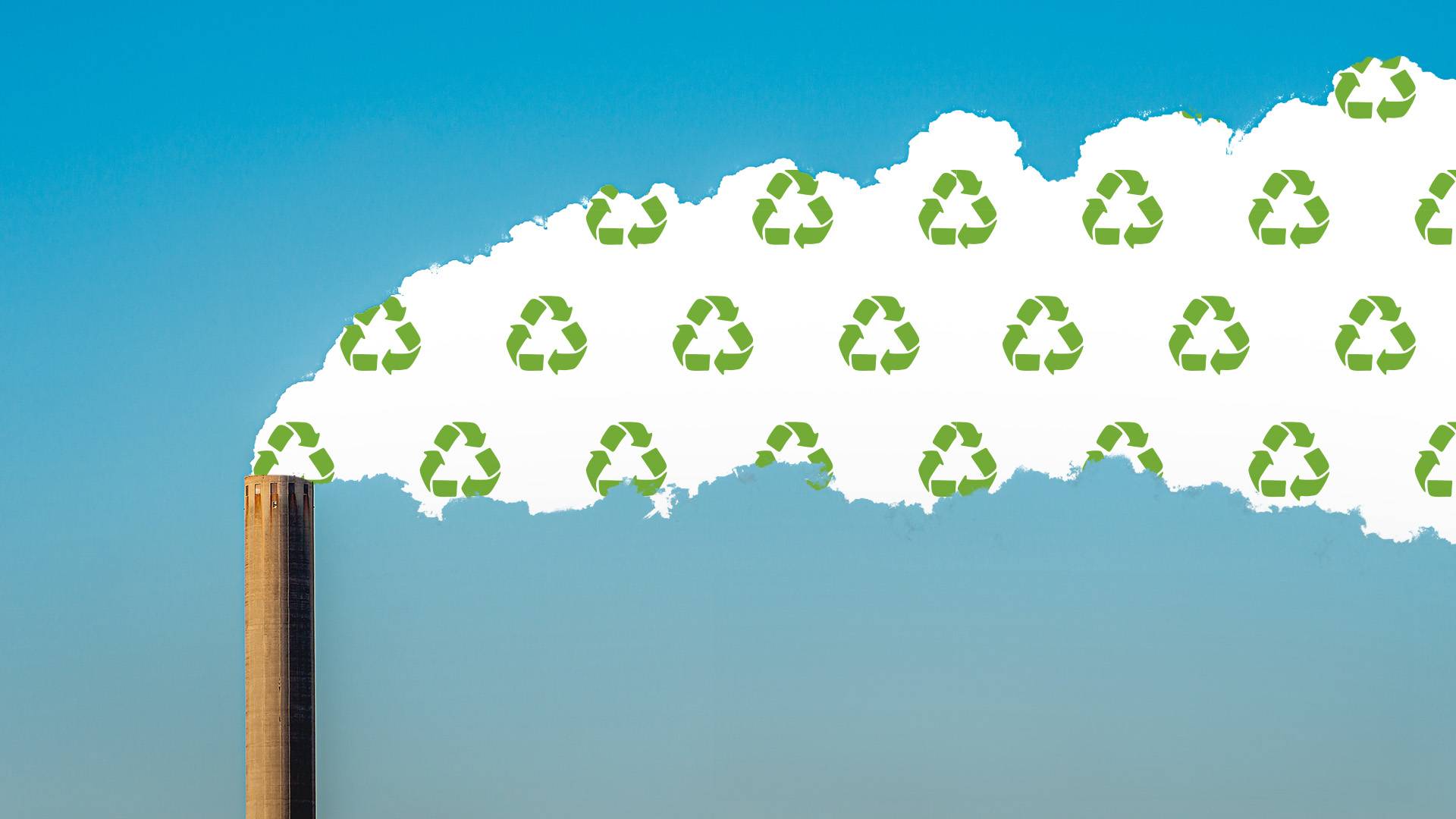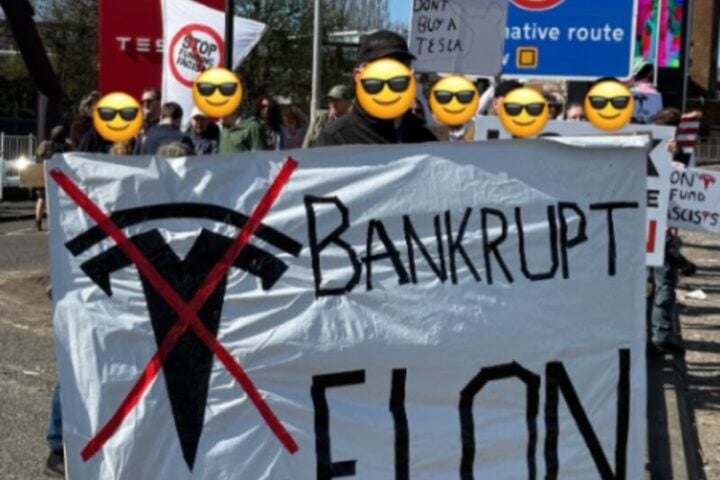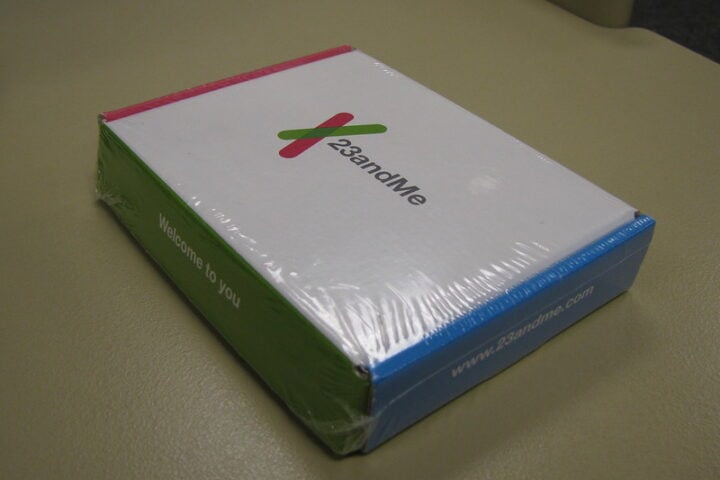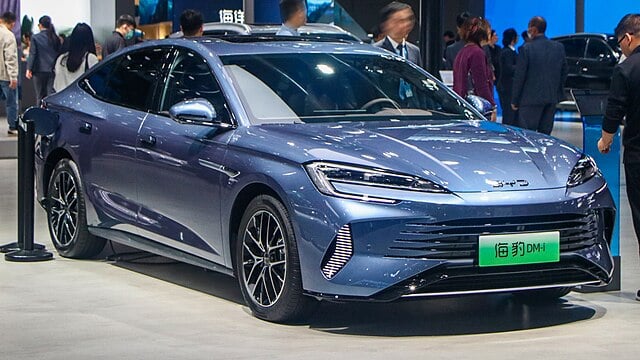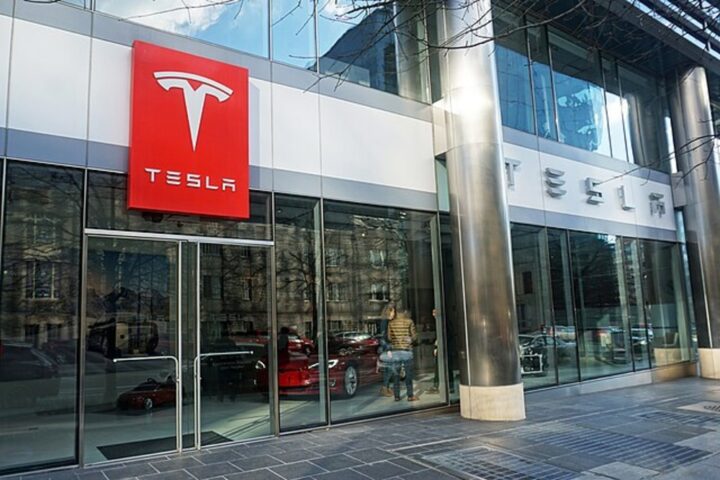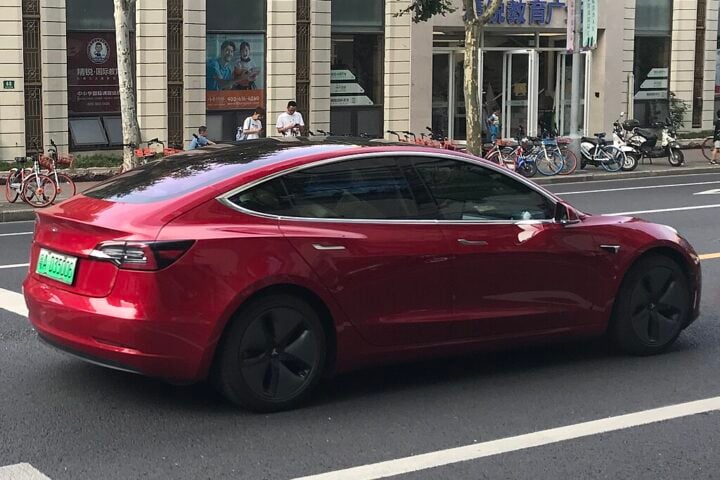Princeton University researchers have identified potential uses for recycled carbon that could reuse up to about 10% of carbon dioxide emissions. A study led by Emily Carter establishes a comprehensive roadmap for transforming waste CO2 into valuable products, including fuels and construction materials.
The study demonstrates the benefits of carbon recycling to existing industrial infrastructure. The strategy emanating from the study eliminates the need for extensive CO2 transport infrastructure, thereby reducing both costs and safety concerns. For example, the Northern Lights project represents one of the major carbon capture and storage initiatives that can be benefited by these advancements.
Carbon fiber synthesis pathways could replace traditional rebar in construction or substitute for titanium in various applications. Rebars are reinforcing steel rods used in different forms of construction. The study analyzes and reports details of capital and operational costs of incorporating both environmental and social impact assessments.
Similar Posts:
“Congress and the Department of Energy came to us for advice on technologies and policy options for carbon products that could be part of a circular economy or could offer durable storage of carbon,” explains Elizabeth Zeitler.
The study, conducted by a committee of 18 experts from universities, nonprofit organizations, and industry, emphasizes that reusing carbon dioxide helps offset the costs of implementing carbon capture and sequestration technologies. As Carter notes, “If you make money on a useful product, it’s a way of offsetting the cost of sequestration.”
“Coal waste is an environmental hazard, so if we can recycle it and use it, we are achieving dual benefits: cleaning up environmental sites and minimizing the need for future mining,” Carter explained.
